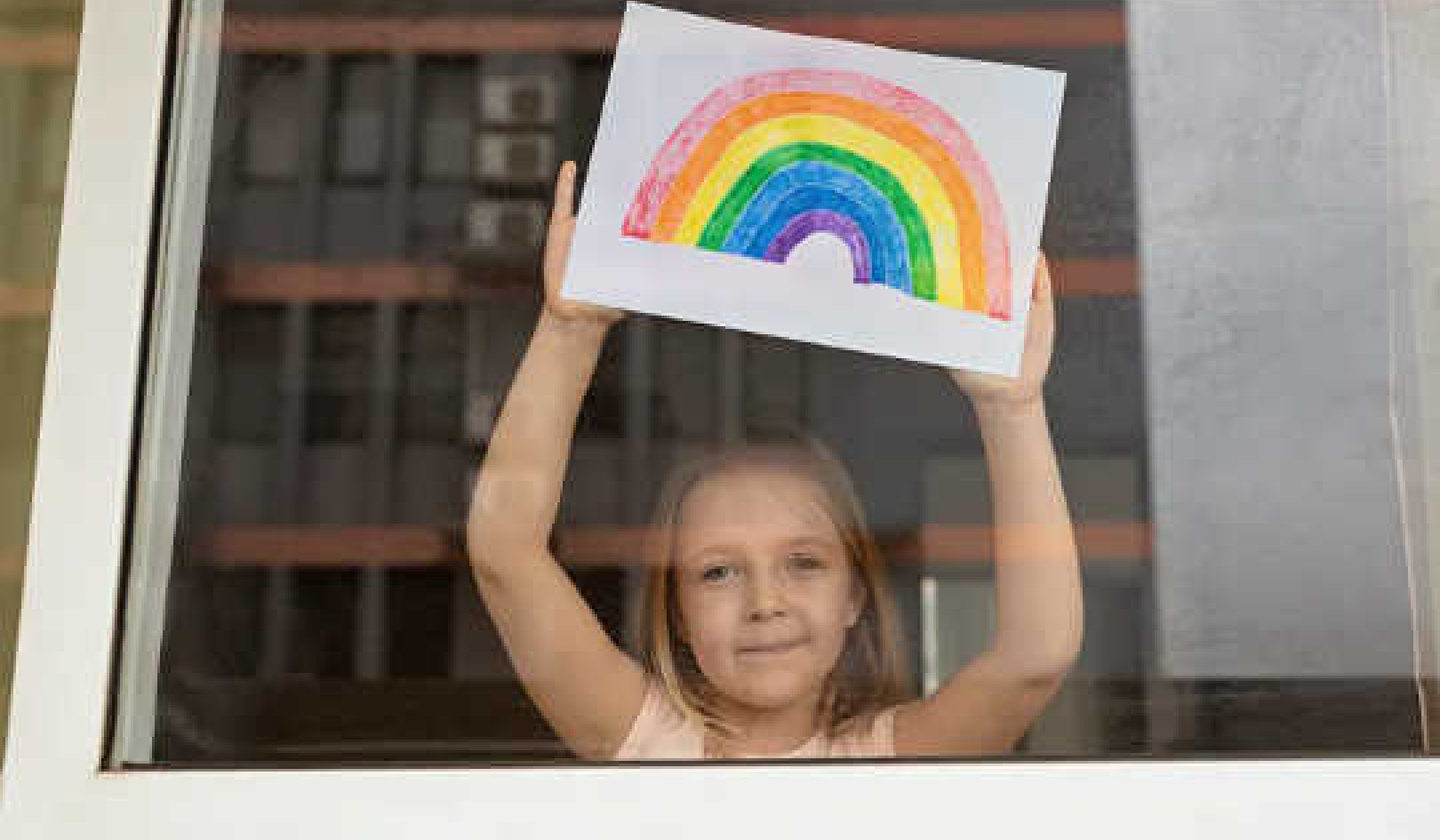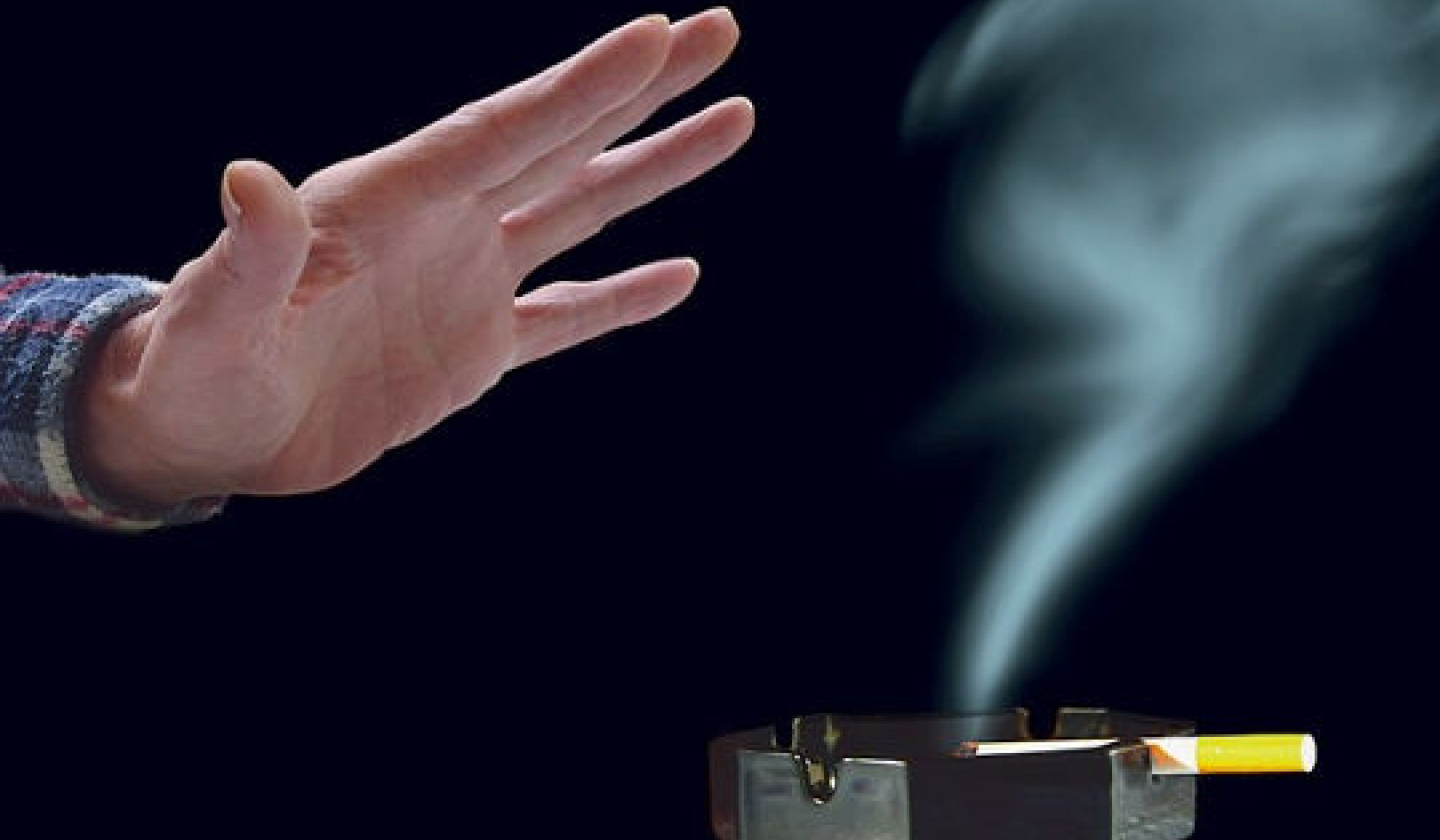 Your beak’s in my ear, darling. Dave Crim/Flickr, CC BY-NC-ND
Your beak’s in my ear, darling. Dave Crim/Flickr, CC BY-NC-ND
The term “wild animals” can conjure up images of unruly beasts desperately attempting to survive and reproduce in an unforgiving world. Vicious scuffles between reckless baboons as they contend for dominance. Callous new-born hyenas killing their own siblings to reduce competition for their mother’s milk. Or headstrong lions taking over a pride, dispatching the previous male’s cubs so the females raise the new leader’s young instead. Even within our own gardens, birds of the same species fight furiously over food, and piercing shrieks can be heard as they war for territories during the spring.
But just as common are the thought-provoking social relationships that occur within the animal kingdom. Baboons will intimately groom their companions, hyena parents tirelessly care for their cubs, and male lions nuzzle one another and protect their females at all costs. One of the most remarkable animal relationships can be witnessed in our gardens, where birds openly sing to their mated partners and unite together in raising and guarding their brood.
These relationships, just as in human pairings, require the individuals in them to take account of each other’s needs. But more than that, some animals actually show a devotion to their partners so great that they put their relationship above even the most basic of their own needs, such as food. This commitment can even result in behaviour that is reminiscent of some of the ins and outs of human relationships.
Sticking Together
My colleagues and I recently conducted an experiment to see how far this devotion went in wild great tits. These birds are common visitors to gardens and are seen exclusively in pairs during the spring breeding season. But they also form large flocks to search for food and avoid starving to death during the harsh winters.
We attached radio frequency identification tags to each bird’s leg that gave them access to certain automated feeding stations deployed throughout the woodland. We then randomly selected some mated pairs of birds so the male could only access feeding stations the female couldn’t, and vice versa.
Remarkably, we found that pairs unable to access the same feeding stations as one another still prioritised their social bond over their own access to food. These birds chose to spend a large amount of time at feeders they couldn’t access, just to be with their partner. This shows how, even for these wild birds battling through the treacherous winter, an individual’s behaviour can be governed by the needs of their partner.
In general, the experiment caused birds to form flocks with those who they could feed with. However, the birds who couldn’t access the same feeding stations as their partners actually spent just as much time with flocks they couldn’t feed with but that their partners could. By choosing to stand by their partners, these birds ended up spending time with individuals they wouldn’t usually associate with. Just as you may spend much of your time with your partner’s friends, the company an animal keeps may actually depend on their partner’s preferences.
Why Being Single Sucks
Why is retaining a partner so important to these birds? How can these animals, struggling for survival in the merciless surroundings of the wild, possibly afford the effort needed to maintain these social bonds? The answer probably lies in their long-term profitability. The pair-bond is vital for our great tits, as single parents cannot cope with the demands of raising a brood alone. Their only hope for success depends on having a supportive and reliable partner.
Great tits are known for their innovative, problem-solving, ways. And in our experiment, true to form, they learned to scrounge by rapidly following others to the feeding station after it was unlocked. Interestingly, a relatively large amount of this scrounging was enabled by the bird’s own partner unlocking the feeding station, suggesting it may be a cooperative strategy.
Other varieties of social relationships in the animal kingdom have been found to hold hidden benefits too. In the baboon world, the close relationships between females produces a communal child-rearing environment that increases the survival of their offspring and also lengthens the lifespans of the adult females.
Carrying out experiments in such systems is difficult, so how these kinds of relationships are valued and their impact on the individuals remain to be tested. But the birds we studied provide a unique model system for all kinds of experiments, and their pair-bonding remains a spectacular instance of a tenacious tie between two wild, unrelated, animals. Zoologists tend to avoid terms with human connotations such as “love”. Yet, many bird owners who watch their pets spend years huddling and preening their partners might call it just that.
About The Author
 Josh Firth, DPhil candidate, University of Oxford. His research is centred on understanding the drivers of social structure, and how social interactions influence processes such as breeding decisions, information flow, and social selection.
Josh Firth, DPhil candidate, University of Oxford. His research is centred on understanding the drivers of social structure, and how social interactions influence processes such as breeding decisions, information flow, and social selection.
This article was originally published on The Conversation. Read the original article.
Related Book:
at

Thanks for visiting InnerSelf.com, where there are 20,000+ life-altering articles promoting "New Attitudes and New Possibilities." All articles are translated into 30+ languages. Subscribe to InnerSelf Magazine, published weekly, and Marie T Russell's Daily Inspiration. InnerSelf Magazine has been published since 1985.

Thanks for visiting InnerSelf.com, where there are 20,000+ life-altering articles promoting "New Attitudes and New Possibilities." All articles are translated into 30+ languages. Subscribe to InnerSelf Magazine, published weekly, and Marie T Russell's Daily Inspiration. InnerSelf Magazine has been published since 1985.
























